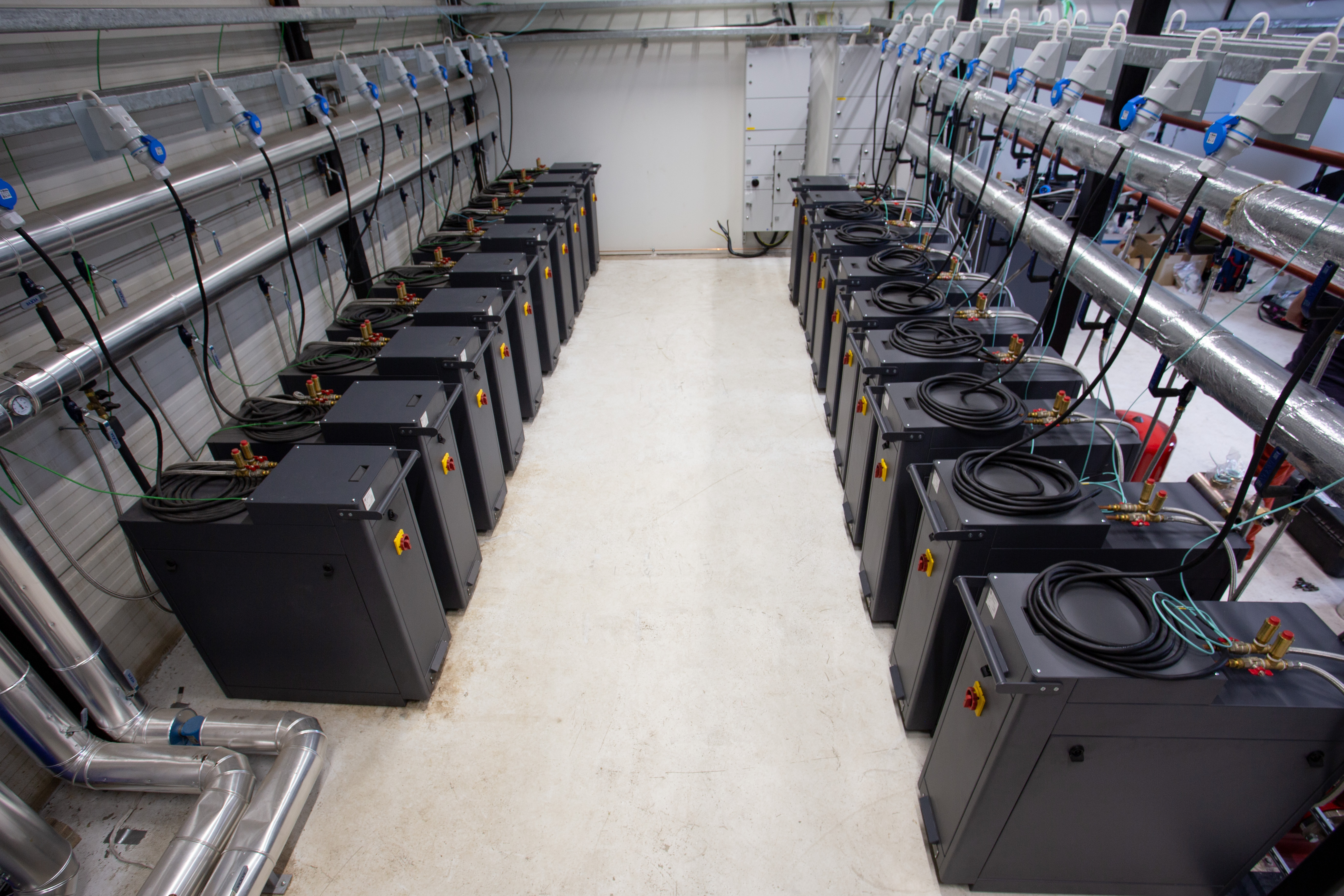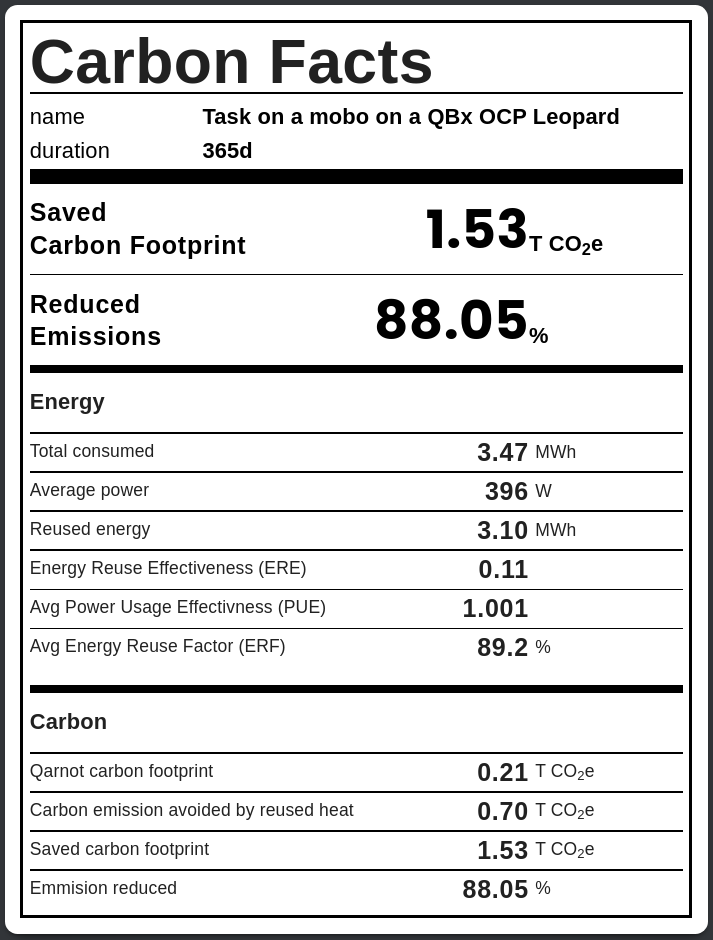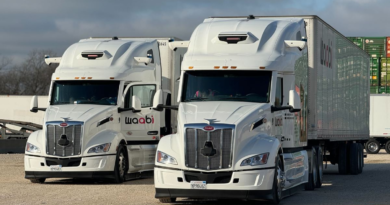Qarnot creates green data centers by putting servers in central heating boilers
Running a data center means that you have to find innovative ways to manage heat from the servers. And French startup Qarnot is standardizing its process to reuse fatal heat and turn it into an asset.
While the startup has been around for a while, Qarnot now wants to reach the next level. It has raised a €12.5 million funding round ($13.3 million at today’s exchange rate). It has also negotiated a €22.5 million credit line ($24 million) to finance its future projects.
Société Générale Ventures, ADEME Investissement, Demeter, la Banque des Territoires and Colam Impact are participating in today’s funding round.
Qarnot started with electric heaters for construction companies looking for heaters for their new buildings. The company put servers in those heaters so that CPUs and other components would generate heat. The rest of the heater would act as a passive cooling system and warm residential and office buildings.
At the other end, companies such as BNP Paribas, Société Générale and 3D animation studio Illumination are renting those servers for their own needs. This is an innovative way of building decentralized data centers.
“Ever since we launched Qarnot 12 years ago, our goal has been to valorize fatal heat from computers. Today, it’s a hot topic and there are a lot of people talking about it,” co-founder and CEO Paul Benoit told me.
But the main issue with this system is that you don’t need a heater all year round. Qarnot has found a way to counter this seasonality effect by building a new product — scalable boiler systems.
These modules pack up to 12 servers with a standard form factor based on Open Compute Project server designs with AMD Epyc and Intel Xeon CPUs. Each module is then connected to the water system so that cold water enters the module and is turned into hot water. Up to 95% of computer waste heat is turned into hot water.
I asked about the seasonality of central heating boilers. And it turns out that heating networks work all year round. For instance, they produce hot water, which is always required.
“We want to tackle the baseload. We’re going to run all year round and the heating network is going to rely on a complimentary source,” Benoit said. Buildings or neighborhoods are still going to use electricity or natural gas directly for those cold winter nights.
Qarnot can provide multiple modules and make them work in parallel. It generates more hot water and it increases the total compute power of the Qarnot platform.
“The idea is that we should be able to deploy data centers in locations where people consume heat. It’s a completely different approach compared to traditional data centers,” Benoit said.

Image Credits: Qarnot
Clients include social landlords, property developers, local authorities, swimming pools and heating network operators. Qarnot already rolled out a pilot data center in Finland with 100kW of compute. It’s a small data center, but the company is already looking at other locations with 500kW up to a few MW of compute capacity.
“With our system, you don’t need a cooling system and we can sell the heat that is generated from our servers. In the data center industry, when you have servers that require 1kW, they also require up to 500W in air conditioning,” Benoit said.
And this is key to understanding Qarnot’s appeal. From a business perspective, Qarnot uses electricity in two different ways. It runs computers and it sells heat, which is great for the company’s bottom line. From an environmental perspective, Qarnot greatly improves the carbon footprint of data centers.
“We think the future looks like a plethora of mid-sized data centers. Edge computing is slowly showing up. Today, we don’t really know how it’s going to look like but we know that there are operators looking for hundreds of data centers with a few kilowatts of capacity,” Benoit said.
Qarnot could profoundly change the data center industry. If the company becomes massively successful, there would be no reason to construct dedicated buildings to host hundreds of thousands of computers anymore.

Image Credits: Qarnot




